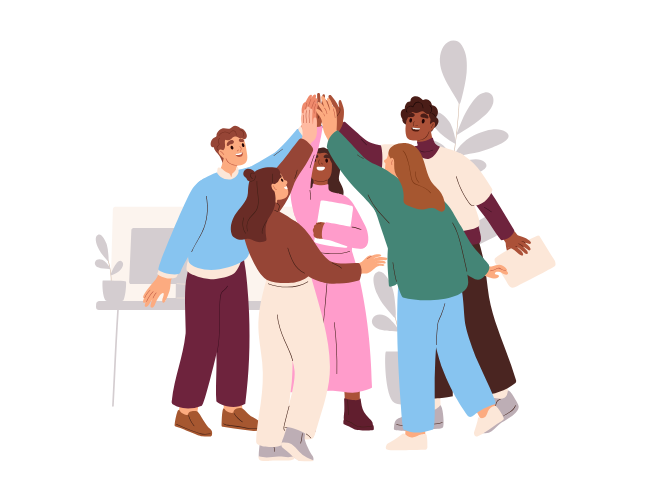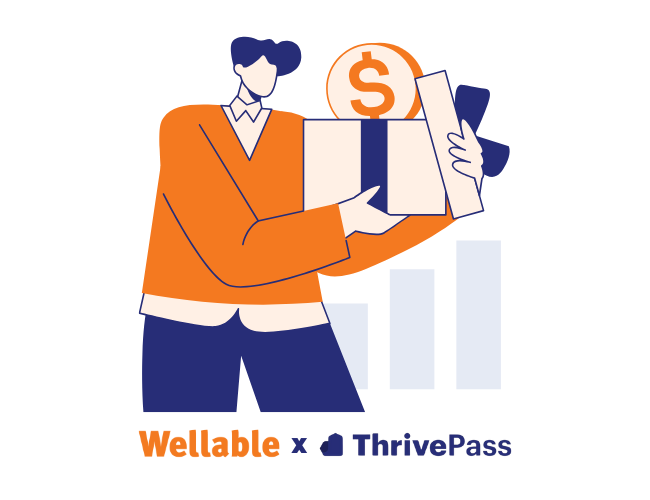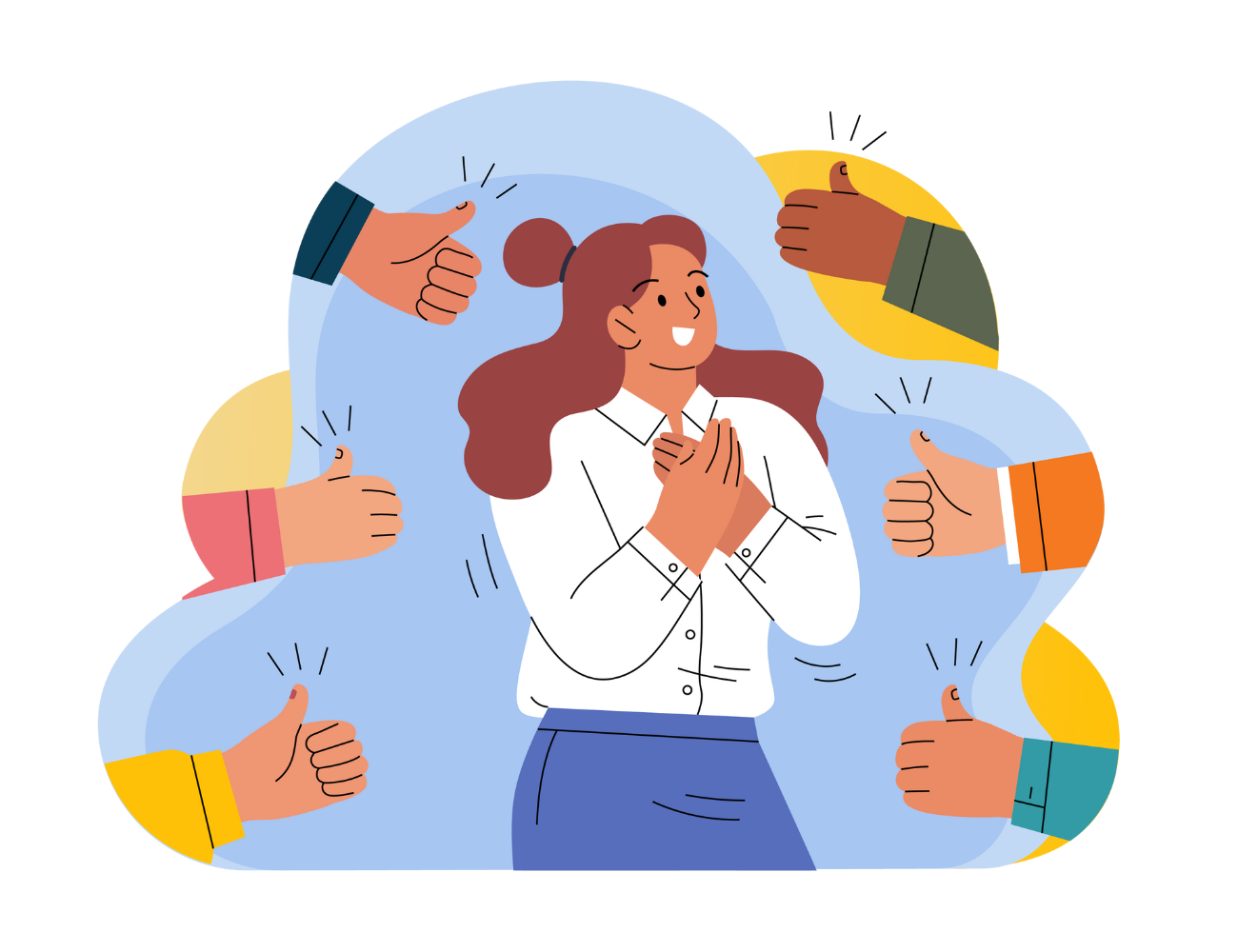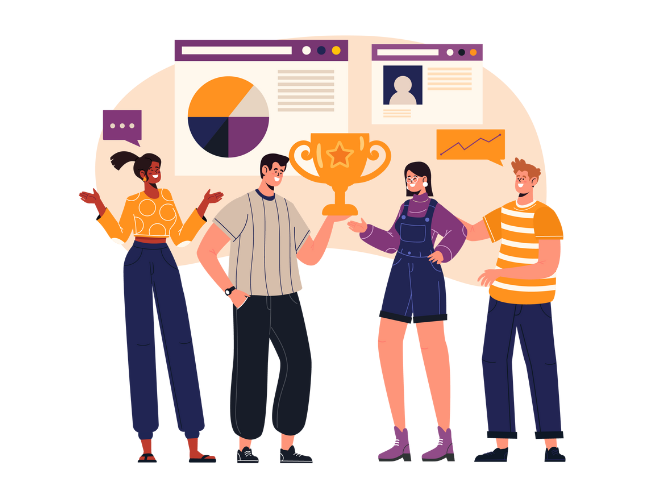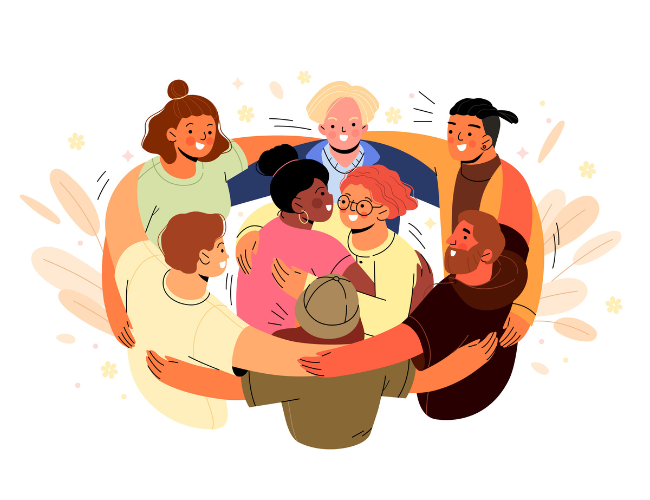In response to some public pressure along with a recognition of the economic and ethical reasons for creating more diverse, equitable, and inclusive workplaces (see What Is Diversity, Equity, And Inclusion for an explication of these terms), organizations have been spending an increasing amount of effort on creating diversity, equity, and inclusion (DEI) initiatives. These plans are designed to bring more voices from particular groups (e.g., races, genders, age groups, etc.) into a safe and welcoming workplace that provides them with equal opportunities to participate and advance their career goals.
While there have been some efforts to increase DEI based on race and gender, companies are beginning to direct their attention to other relevant identities. In particular, organizations are thinking more about how to develop successful DEI programs for the LGBTQI+ community. If these initiatives are to be effective, they must be responsive to the fact that different groups face distinct challenges in the workplace and that this is no less true for the LGBTQI+ community than it is for any other. As a result, organizations looking to create more equitable and inclusive work environments for LGBTQI+ workers cannot solely rely on previously developed DEI initiatives.
Obstacles, Harms, And Inequities
To make the workplace more equitable and inclusive for LGBTQI+ employees, companies must have a clear understanding of the obstacles, harms, and inequities that they face. Some of the most significant challenges include:
- Underrepresentation and limited advancement: According to a recent Gallup Poll, LGBTQI+ individuals represent 5.6% of the US population. As McKinsey & Company reports, they are underrepresented at every level of management. The degree of underrepresentation is greater for women and increases with each level of management. For instance, women who identify as LGBTQI+ comprise only .6% of Senior Vice President or C-suite roles.
- Being an “only”: With such significant levels of underrepresentation, LGBTQI+ workers are likely to experience being the only representative of their group on their teams and during presentations and meetings. Being an “only” can lead to what is known as stereotype threat, which is a phenomenon that occurs when “there is the opportunity or perceived opportunity for an individual to satisfy or confirm a negative stereotype of a group of which she is a member.”The sense that there is a chance to confirm a negative stereotype (e.g., that women struggle more with math) can increase the odds that the stereotype will be confirmed in a particular instance. Furthermore, Professors Charlotte Pennington and Derek Heim found that the lower the rate of in-group representation, the higher the chance of stereotype threat. As a result, LGBTQI+ workers are more likely to suffer from stereotype threat because they are less likely to be surrounded by adequate levels of in-group representation both on their teams and in their organizations as a whole.
- Microaggressions: Dr. Derald Wing Sue, a leader in the field on microaggressions and their negative impacts on marginalized groups, describes them in his article, Microaggression: More Than Just Race, as follows:
Microaggressions are the everyday verbal, nonverbal, and environmental slights, snubs, or insults, whether intentional or unintentional, which communicate hostile, derogatory, or negative messages to target persons based solely upon their marginalized group membership. In many cases, these hidden messages may invalidate the group identity or experiential reality of target persons, demean them on a personal or group level, communicate they are lesser human beings, suggest they do not belong with the majority group, threaten and intimidate, or relegate them to inferior status and treatment.
According to research conducted by McKinsey & Company, 76% of LGBTQI+ men and 82% of LGBTQI+ women experience microaggressions at work.
- Having to hide their identities: Many LGBTQI+ individuals feel that, were they to be open about their gender identities and sexual orientations with their co-workers and employers, they would risk being stereotyped, making co-workers feel uncomfortable, losing relationships with co-workers, or even damaging their career prospects. As a result, LGBTQI+ workers often keep their identities hidden. The Human Rights Campaign Foundation (HRC) found that 46% of LGBTQI+ workers are still “closeted” at work, 17% are exhausted from hiding their sexual orientation, and 13% are exhausted from hiding their gender identity.
Takeaways
These harms and challenges must be dealt with by any organization hoping to retain the broad range of talent contained within the LGBTQI+ community. HRC found that, as a result of unwelcoming and hostile work environments, 20% of LGBTQI+ employees have stayed home from work, 20% have searched for a new job, and that 10% have left their jobs. Even among those who stayed, 31% reported feeling unhappy or depressed at work.
In an upcoming blog, Wellable will provide a number of steps that businesses can take in order to give members of the LGBTQI+ community the work environment and career opportunities that they deserve. Subscribe to the Wellable Blog to be notified when this article is released.





